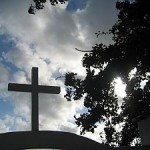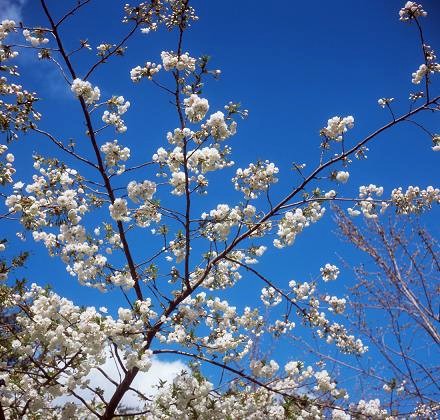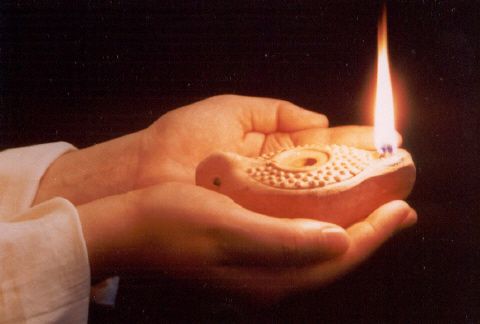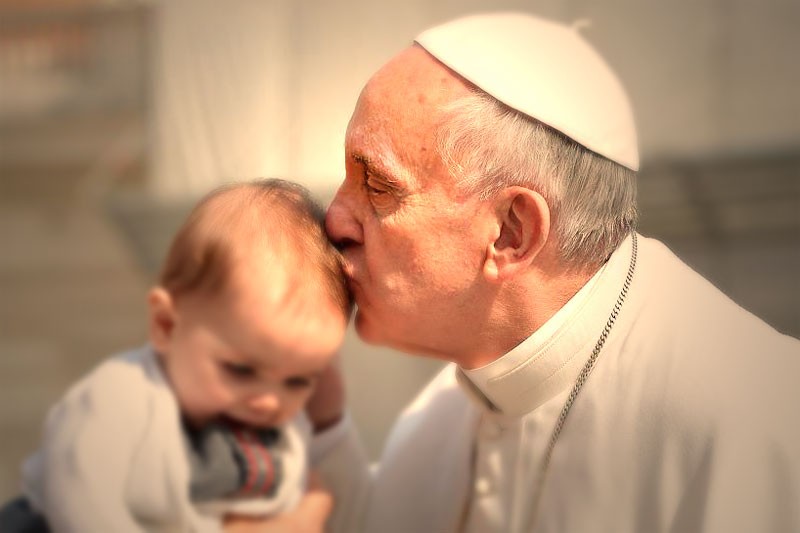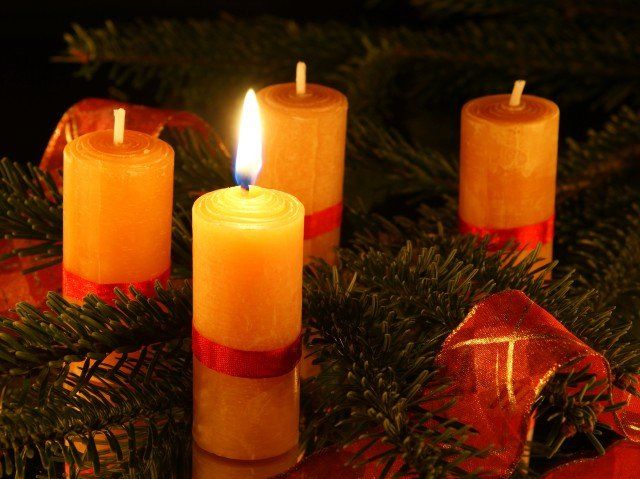Behold, the Man
Several of us went to see a remarkable painting exhibition -a ”first” in Israel- on Jesus seen through the eyes of Jewish painters. We were impressed by the impact of the Cross on these painters. One of them had lost his wife during the birth of their child, who died three years later. He tought to express his pain through all sorts of Jewish themes… and finally it was the Cross of Jesus that inspired him. Several paintings bear the stamp of Christian anti-Semitism, and associate the death of Jesus and the Shoah in most painful way. In general, as it has been well stated in the article that follows (the exergue of the book on the exhibition), the event is significant and positive. Indeed, the interest stirred by Jesus touches us deeply. (Anne-Catherine) Behold, the Man What does Jesus – for centuries regarded by Jews as a tabu – have to do with Israeli art? This publication offers a close look at a rarely discussed subject: the presence of Jesus in the work of …

